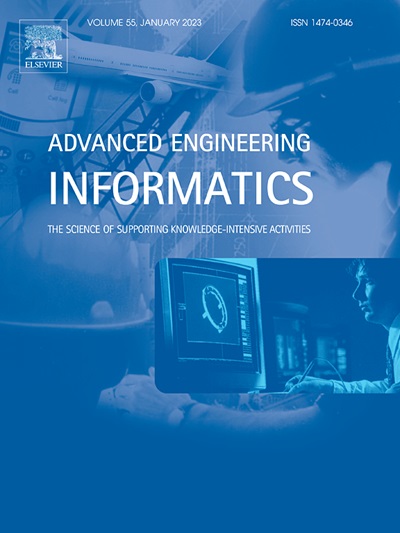Small dense Mini/Micro LED high-precision inspection based on instance segmentation with local detail enhancement
IF 8
1区 工程技术
Q1 COMPUTER SCIENCE, ARTIFICIAL INTELLIGENCE
引用次数: 0
Abstract
As Mini/Micro LED size decreases and integration proliferates, Mini/Micro LED industrial image chips are small in size and densely distributed, posing a huge challenge for high-precision mass inspection. Instance segmentation (IS) networks providing pixel-level localization and recognition are potential for fine inspection of mass Mini/Micro LEDs. However, for small and dense targets, generic IS suffers from the lack of localized detail features, a less specificity of deep and shallow features fusion, and the loss of key details in the upsampling. Therefore, an IS framework for local detail enhancement is proposed to enhance local features from three parts: feature extraction backbone, feature fusion, and upsampling. To improve the local detail extraction, a local aggregation backbone based on multiscale receptive fields is proposed by increasing the weights of small receptive fields to extract and retain more local detail features. For adequate feature fusion, a category hybrid mask fusion module is proposed to guide local feature fusion with the global information of categories. Adaptive hybrid upsampling is introduced as an alternative to traditional uniform upsampling. It is designed to restore high-resolution detail information and reduce computation by filtering keypoints, oversampling keypoints and undersampling residual points. For the Mini/Micro LED dataset collected from the production line, mAP50, mAP75, and mAP90 are 97.38 %, 92.07 %, and 81.72 %, respectively, which are higher than the existing object detection and IS methods.
求助全文
约1分钟内获得全文
求助全文
来源期刊

Advanced Engineering Informatics
工程技术-工程:综合
CiteScore
12.40
自引率
18.20%
发文量
292
审稿时长
45 days
期刊介绍:
Advanced Engineering Informatics is an international Journal that solicits research papers with an emphasis on 'knowledge' and 'engineering applications'. The Journal seeks original papers that report progress in applying methods of engineering informatics. These papers should have engineering relevance and help provide a scientific base for more reliable, spontaneous, and creative engineering decision-making. Additionally, papers should demonstrate the science of supporting knowledge-intensive engineering tasks and validate the generality, power, and scalability of new methods through rigorous evaluation, preferably both qualitatively and quantitatively. Abstracting and indexing for Advanced Engineering Informatics include Science Citation Index Expanded, Scopus and INSPEC.
 求助内容:
求助内容: 应助结果提醒方式:
应助结果提醒方式:


